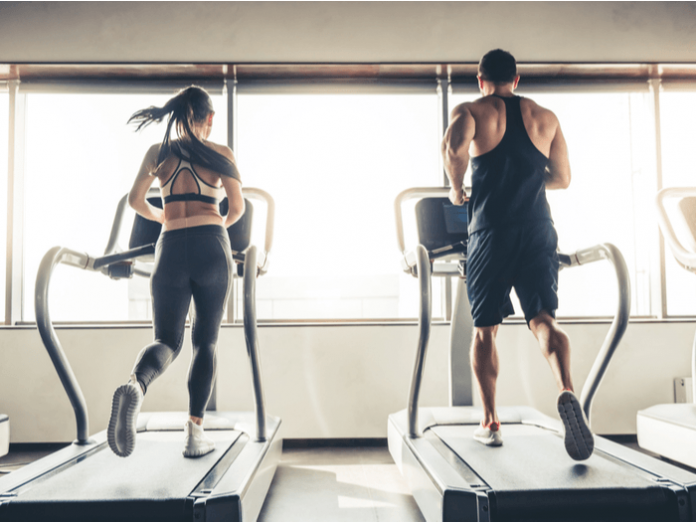Benefits of Cardio
Posted on February 1st, 2022 by Andries Lodder

By Sean Pickup
Cardiovascular exercise is one of the most important forms of exercise that exists for us. It is also one of the easiest forms of exercise to do since you don’t often need any form of equipment to do it.
Cardiovascular exercise includes running, hiking, cycling, swimming, dancing, or any form of exercise that elevates your heart rate and keeps it elevated for a prolonged amount of time. This form of exercise has endless possibilities, and they all lead to an improvement in your quality of life.
This form of exercise has numerous benefits when done regularly, including the lowering of resting heart rate and blood pressure. This takes pressure off your heart by ensuring that it does not have to work as hard all the time to pump blood throughout your body.
The American Heart Association recommends doing 150 minutes of moderate intensity exercise (50-70% max heart rate) or 75 minutes of vigorous intensity exercise (70-85% max heart rate) spread throughout the week. This exercise can be split into 30-minute sessions each day or 3 10-minute sessions each day.
It’s not just your heart that benefits from cardio exercise, here’s a list of some of the other benefits you can expect:
- Brain and joints: Cardio exercise improves blood flow thus decreasing stroke risk.
Improvements in memory and thinking ability.
Fights of osteoporosis, manages arthritis and maintains joint range of motion. - Skin, muscles, and weight: Increased circulation leads to healthier skin.
Working your muscles leads to increased oxygen supply which allows your muscles to work harder. Over time, those muscles adapt to the increased workload, making exercise seem easier.
Pairing regular exercise with good nutrition can lead to weight loss. The increased number of calories burnt during exercise can lead to an overall decrease in weight. Losing weight will also decrease risk of developing diabetes, some cancers and heart disease. - Pancreas, lungs, and blood: Your pancreas helps your body convert food into energy. Regular exercise improves blood sugar levels and decreases the risk of developing type 2 diabetes.
This type of exercise also leads to an increase in blood flow to the lungs and reduces feelings of breathlessness in people with chronic lung conditions. - Sexual function: Regular exercise helps decrease the risk of erectile dysfunction while the positive body image and improved psychological health increases sexual well-being in women.
- Mood: Regular exercise helps decrease stress by releasing feel good hormones like serotonin, dopamine, and norepinephrine. The regular exercise also helps combat depression and increase self-esteem.
- Sleep and energy: Regular cardiovascular exercise helps your fall asleep faster and promotes REM sleep. More sleep also means more energy for the days following.
Now that we have seen all the benefits cardiovascular exercise has on your body and wellbeing, we will now look at various types and exercises you can do to get yourself going.
Moderate intensity exercise can be maintained for long periods of time before the body becomes fatigued. This is because at 50-70% maximum heart rate, the heart is not working at its maximum capacity so our breathing is still calm, and we can continue for longer.
Examples of moderate intensity exercise are:
- Walking
- Cycling on a low resistance
- Light jogging
- Slow swimming
- Hiking
- Skipping
Vigorous intensity exercise cannot be maintained as long as moderate intensity exercise. This is because at 70-85% maximum heart rate, our hearts are working much harder to deliver oxygenated blood to our working muscles. This results in our breathing being much more labored and fatigue setting in much sooner. Regular vigorous exercise sessions will cause adaptations that will make the exercise feel easier such as improved blood flow to working muscles, a decreased need for highly oxygenated blood in working muscles and increased cardiac output which leads to greater cardiac pumping ability.
Examples of vigorous intensity exercises are:
- Crossfit type workouts (lifting weight fast with other sprints included)
- Fast jogging
- Sprinting (Running, cycling and swimming)
- Fast dancing
If you need any assistance with your current cardiovascular exercise programs or are wanting to start on of your own, do not hesitate to contact us.
Tweet